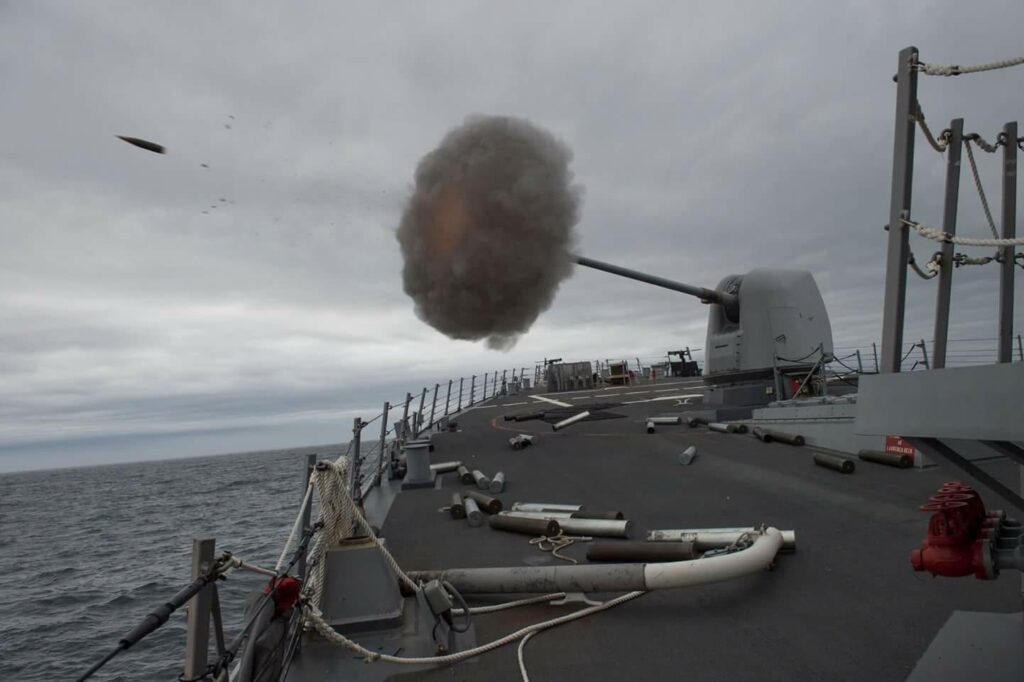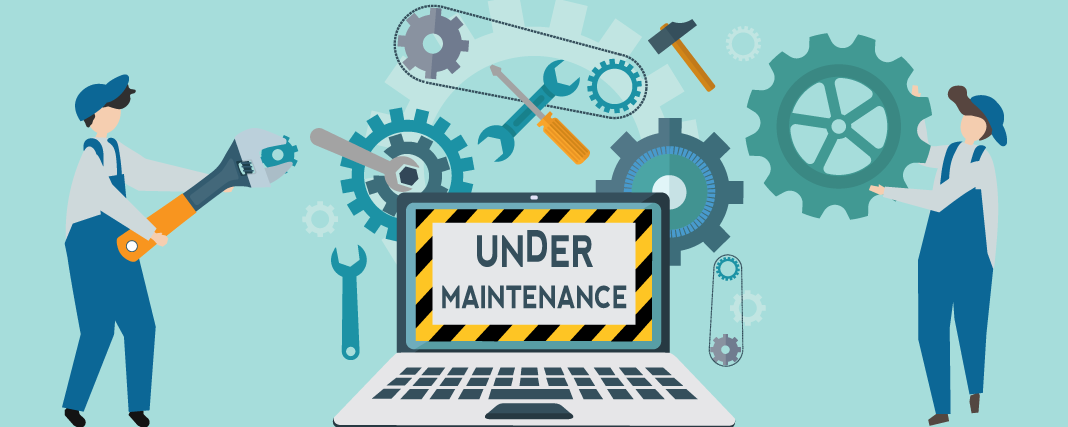Transitioning from Military to Industrial Maintenance: 2nd Times-a-Charm
Corey Dickens, Solutions Consultant, Brightly
Posted 03/21/2023
Every year 200,000 people leave the U.S. military service. Now, not all are suited for manufacturing or maintenance careers. I would say a small percentage of them intend to jump right into manufacturing by design. Yet, many end up falling into manufacturing careers after their transition, like I did. Why is that?
It’s no secret that the military has its own set of acronyms and technical jargon. Take the U.S. Navy for instance. My rate (job field) is Gunner’s Mate, a job field title that has existed since 1797, one of the 3 original rates of the Continental Navy. But it doesn’t translate well to civilian occupations. And the military doesn’t do a great job of prepping service members for their transition.
Members that stay 20+ years, well they have time to self-educate, network and invest in their transition strategy. Others, that get out after one or two contracts, have far less time and opportunity to seek out help on their own. Even when they do ask for help, 99% of current service members haven’t transitioned themselves, which results in the blind leading the blind at times, what an epitome.

Transitioning from Military to Industrial Maintenance
I transitioned twice. Yup, twice. How is that? I left active duty at the end of my first contract after enlisting right out of high school. Thought college was the next logical step – also didn’t know what options for careers were a good fit, school was the safest route – but stayed in the Navy Reserves as a safety net.
Fast forward to 2019, I had the option to mobilize with my Reserve unit and returned at the height of COVID. Making my transition in late 2020, after having had a taste of civilian work once before. Where did I end up? I reverted to my core skill that the Navy polished and I knew I was adept at, maintenance.
In the Navy, especially on a surface ship, almost all rates perform maintenance. We follow the Navy’s 3M program (not the company), Maintenance and Materials Management. Which is a critical function of the ship. The second-in-charge Officer (Executive Officer) is the head of the ship’s 3M program. Broken down from there into Departments, Divisions, and finally Work Centers. Generally, Work Center Supervisors are E5’s. They function as the Maintenance Manager and CMMS Administrator for that shop. Responsibilities include directing Inventory ordering, Equipment validations, Weekly Maintenance Scheduling and its compliance, Maintenance Forecasting, as well as audits by the command and larger Navy entities. What is your version of a Work Center Supervisor?
Admittedly, I tried searching for Work Center Supervisor roles the first time. My question then was, is my supervisor experience the same as a manufacturing supervisor? Well, no, and that was some of the translating I had to do on my own. This was to bridge the gap between what the Navy said I did, and what the civilian world calls it.

Tips for Transitioning
What did I do to make my transition, from military to industrial maintenance, more successful the second time?
I connected with as many “maintenance” titles on LinkedIn in my area as I could. I revisited all those military acronyms, like RAM (Reliability, Availability and Maintainability) and used those descriptors to illustrate my experiences. I focused less on role titles and more on job responsibilities and descriptions. I networked with people who held positions I wanted to learn more about.
What would I have done to make it even smoother? DoD Skillbridge, an underutilized resource for both service members AND employers alike. It is a win-win scenario if I have ever seen one.
Call me old school, hardheaded, whatever. I learn more effectively by doing things the difficult way. Making the best possible version of incorrect decisions. For service members, invest time in your transition strategy. DO NOT rely on TAPS to set you up for success. It’s a government-mandated course. That should tell you all you need to know. The military is working on this, but their main focus is on national security.
Manufacturing leaders, hire the military!
They are skilled at more things than they can articulate on a resume. They are well versed in reliability practices and digital technologies. They carried such immense responsibility at such an early stage of their career. If you want people that understand Asset Reliability, who better than someone who kept a weapon system mission ready at a moment’s notice? Talk about criticality. But lastly, take from this what you will, add to it. This is an example of my transition, twice refined. And no, I do not plan on doing this a third time.
They know what they’re doing, they just don’t know what you call it.

Corey Dickens
Corey brings over a decade of Maintenance and Operations experience to Brightly, a software company focused on cloud-based solutions for maintenance professionals. Before joining Brightly, he leveraged similar technologies both in the US Navy and SMB Manufacturing. At Brightly, he talks to hundreds of Manufacturers every year, helping them understand the value of technology, and giving them the tools to sell it internally.
Related Articles

A Driving Lesson for Plant Management

Achieving TPM Excellence the Fast Jet Way
The Missing Link Between OEE and TPM




